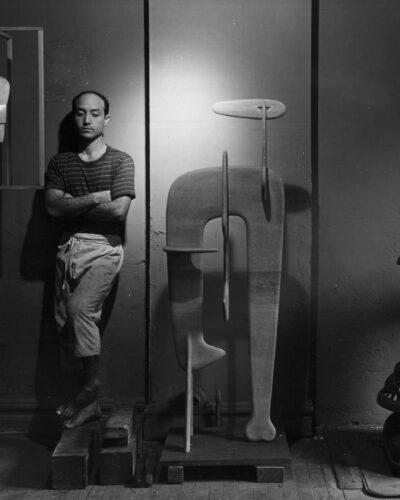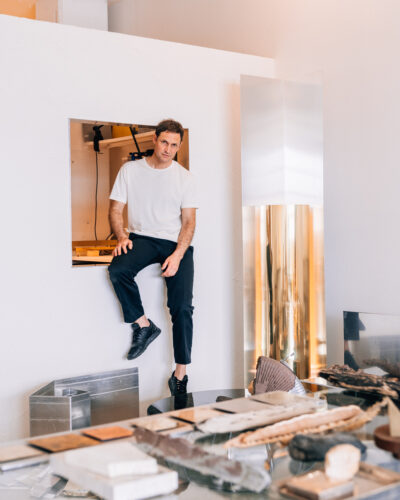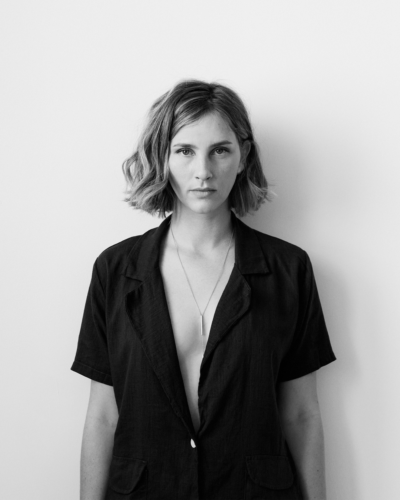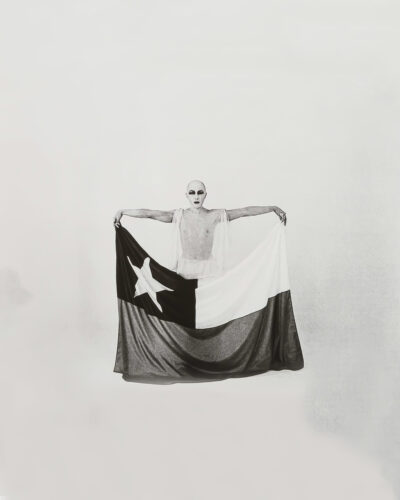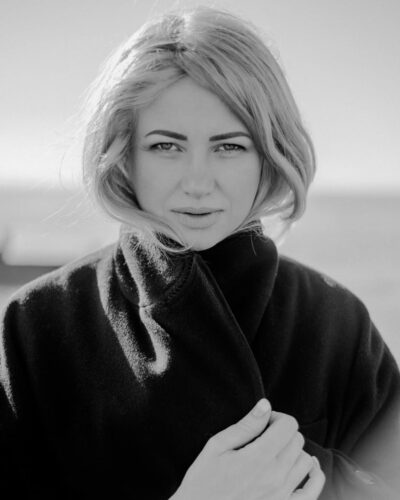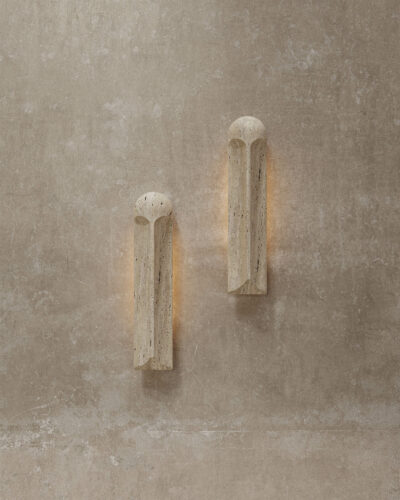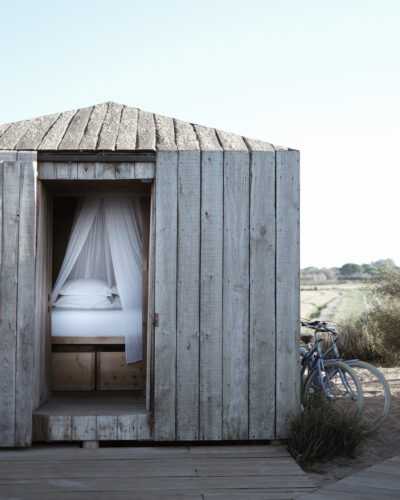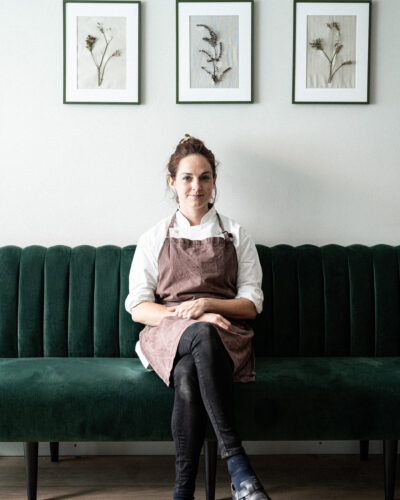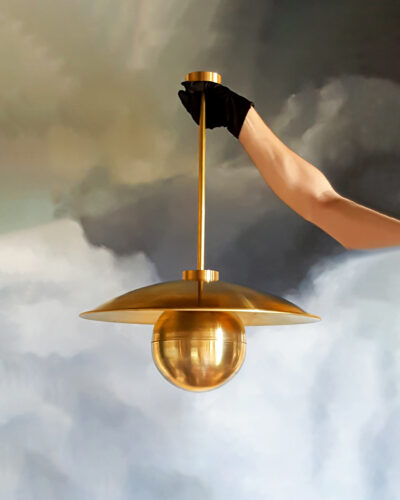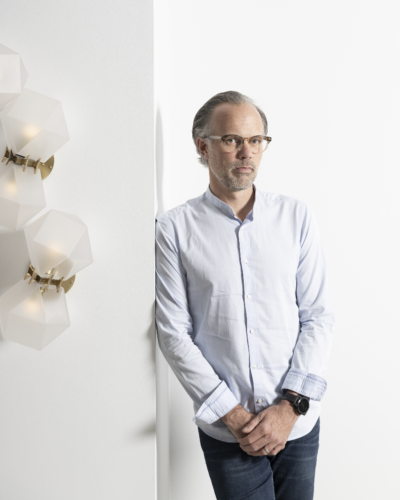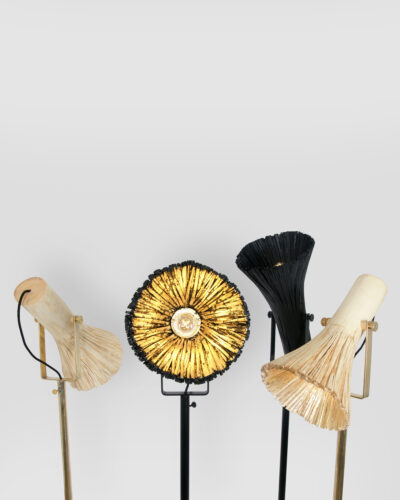This website uses cookies so that we can provide you with the best user experience possible. Cookie information is stored in your browser and performs functions such as recognising you when you return to our website and helping our team to understand which sections of the website you find most interesting and useful.
Listen to the conversation between Rosanna and Francis Rudman.
Speaking from his studio in Montreal, Francis Rudman speaks about his role in the creation of a new video for Studio Fenice. “The main idea of the video is to act as an introduction to Studio Fenice. Of course, we wanted to show the furniture, lighting and decorative pieces, but we also wanted to situate the viewer as to where we are in the world, and what kind of mood and emotion we want to convey.”
As a Digital Creative Director and 3D Artist, Rudman has been in collaboration with Studio Fenice’s Creative Director, Christian Darnaud Maroselli, from the very beginning, and so the video is both an introduction to the viewer, and the pinnacle of Rudman and Maroselli’s ongoing creative collaboration.
The video opens by immersing the viewer in nature – the ocean laps at the shore behind, whilst we move through the verdant, tropical landscape ahead. Situated just beyond this landscape, the viewer comes across a piece of contemporary architecture – a raw, concrete structure with roots in Brutalist and contemporary design. “Once we have set the mood, we enter the gallery – starting to show the pieces from the [Studio Fenice] designers.”
Despite the video’s richly textured and evocative feel, the visuals are, in fact, entirely computer generated. Rudman notes that, “Everything is CGI, it is 100% computer generated, which I think brings something very interesting to the project.” With Maroselli based in France and Rudman working from Canada, he notes that, “with the pandemic, it was an obvious choice to go with CGI.” Whilst the decision to use purely digital means was in reaction to the pandemic, the medium also offered a host of other advantages in terms of both the creative and logistics.
Without the constraint of reality, the video is an uncompromised insight into the world of Studio Fenice – an ideal introduction to its aesthetic. The architecture is, in part, “based on a project that Christian is working on in Mexico – but it’s also inspired by mediterranean architecture. I love the work of [Architect] Andrew Trotter, who is a friend of mine, so you can definitely see a few inspirations from him, mostly in the outdoor shots. Then for the interior, when you look at the fireplace, for example, we can probably see some inspiration from Axel Vervoordt and other Belgian designers…”
CGI animation presents many of the same issues and options as traditional image-making, and so, for Rudman, creating this video for Studio Fenice was a matter of translating his established knowledge in still-life imagery – setting it into motion. “We wanted to create something intimate, something poetic, something editorial. We wanted to bring focus to the textures, and so we worked on creating beautiful [textural effects] for the walls and floors, as well as for all of the furniture and lighting pieces. Then it was a question of how we wanted to highlight those textures and how we could bring the focus onto the products.”
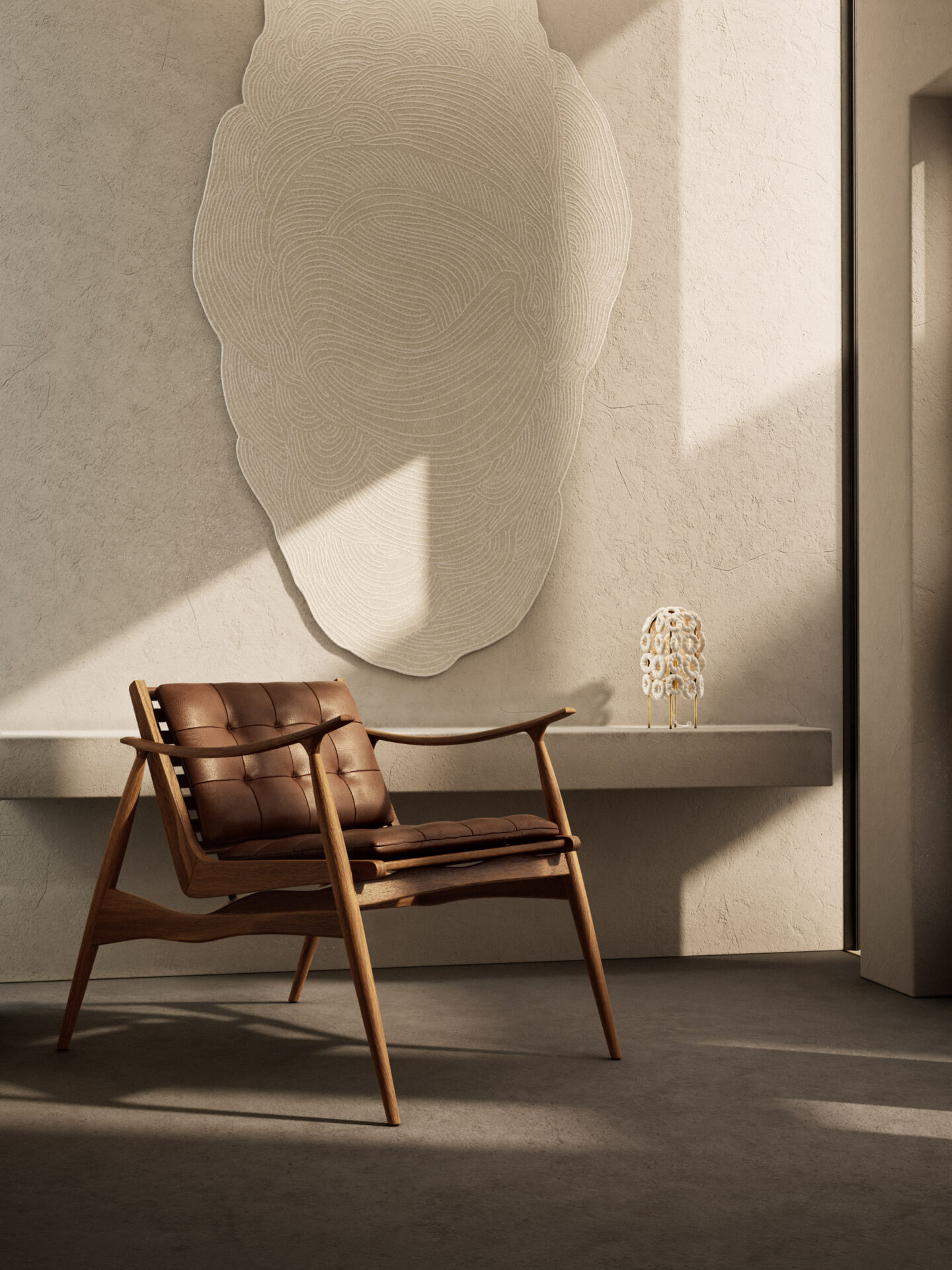
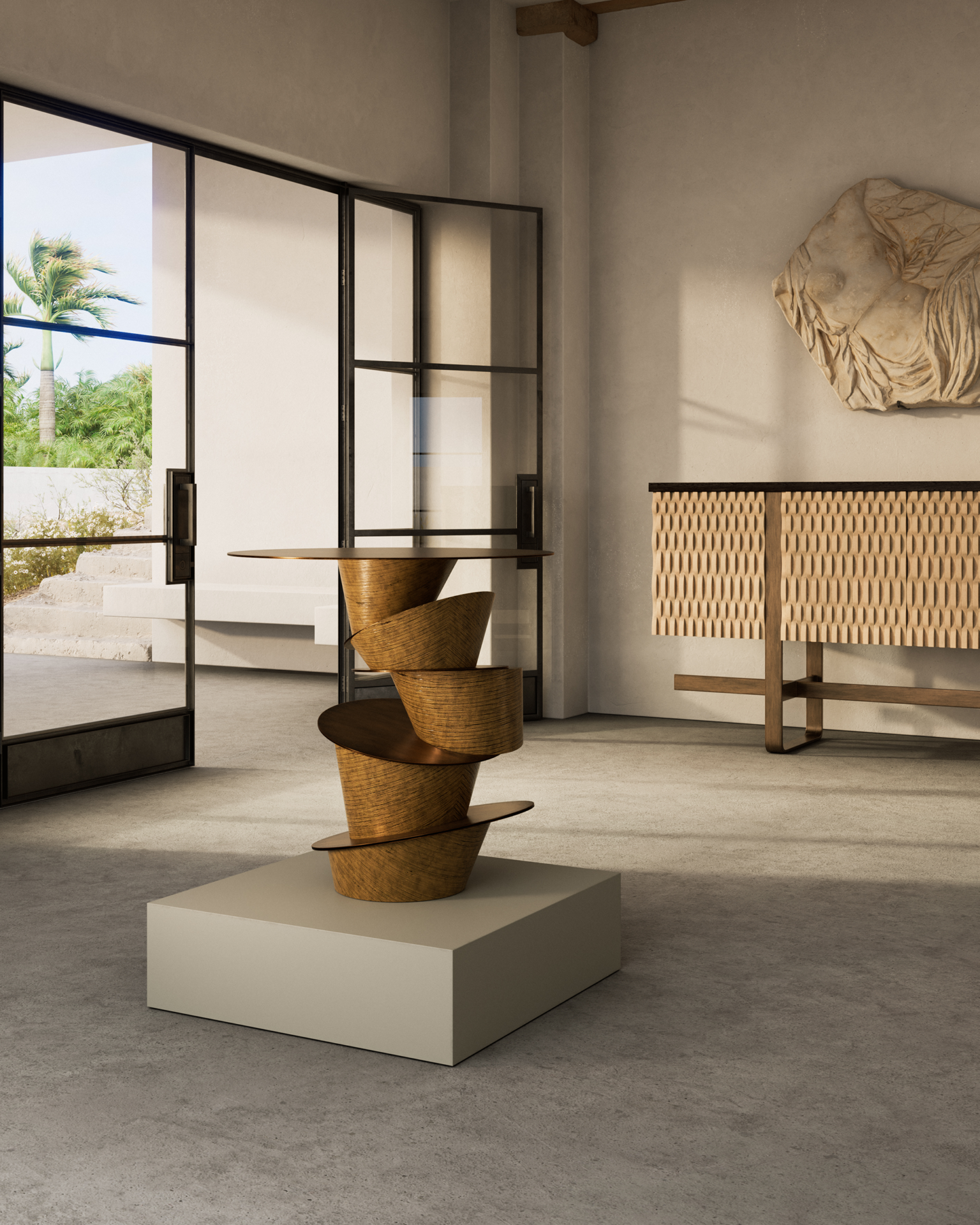
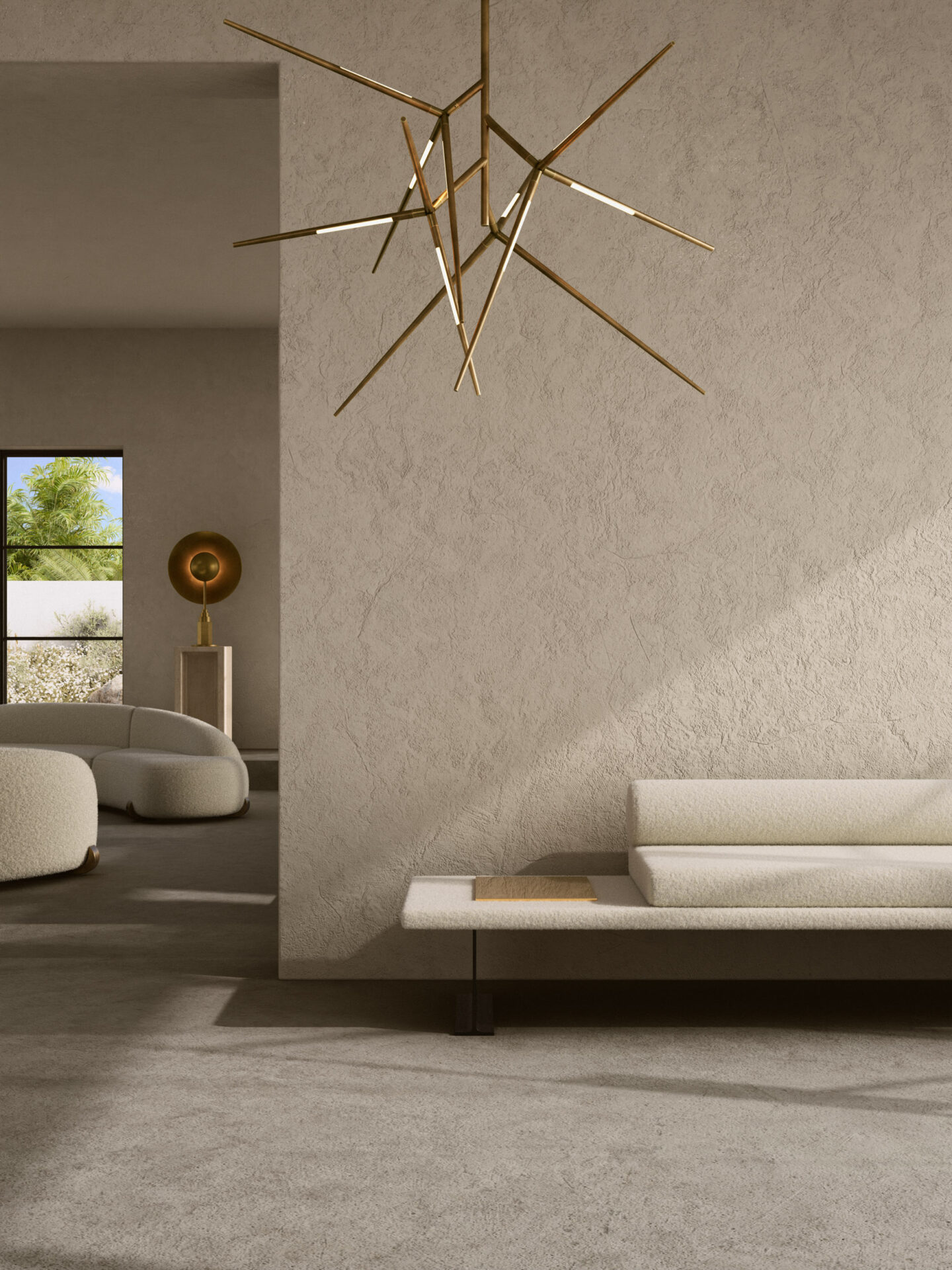
“It’s all about bringing depth to your work – to understand what scale we are working in and what kind of volume it is.”
To produce 90 seconds of video, Rudman worked for 3-4 months, explaining that, “The first six weeks is for building assets – which is the modelling and texturing of the different products that we want to use in the animation … Everything has to look super realistic because, at the end of the day, this is something that will be used to promote the designers work, and so all their products have to look exactly the same as they would in real life. It’s a long process to accurately model all of the assets, working on the different wood textures, the brass patinas and different leathers. There’s a lot of back-and-forth to make sure that everything looks how it should look.”
“The second part of the process is quite similar to how you would work on a set [in real life]. Your house is built, the products are in – they’ve been ‘shipped’ into your digital house – and your landscaping is done. So then you can just take your camera and move around the house … Of course, before that, Christian and I had worked on the storyboard so we knew what we had in mind, but [as always] when you’re on set things change. [In the animation] you can move around and find the best angle, you can see what camera lens you’re going to use and plan the movements; it’s at this point that you work on crafting and rigging your lighting, so that it looks editorial and intriguing – and beautiful.”
“Lighting is a considerable part of my process – though this isn’t unique [to me], when you speak with photographers and videographers they would all agree that lighting is the most important aspect of their work,“ notes Rudman, whose work as a Creative Director – in both traditional and digital media – is sophisticated, subtle and tonal. Within each composition, Rudman accentuates the inflections and imperfections to create high-fidelity textures, capturing something of the experience of the object, as seen in the flesh. “When I look at a room, I see all the dents and bumps [on the walls], I even see the smallest dust – the kind that you don’t want to remove. It is these imperfections that are how a space ‘lives’, so you want to recreate those kinds of imperfections in your renders or they will look fake – or a bit too perfect. Some people like when it’s perfect – but I don’t.”
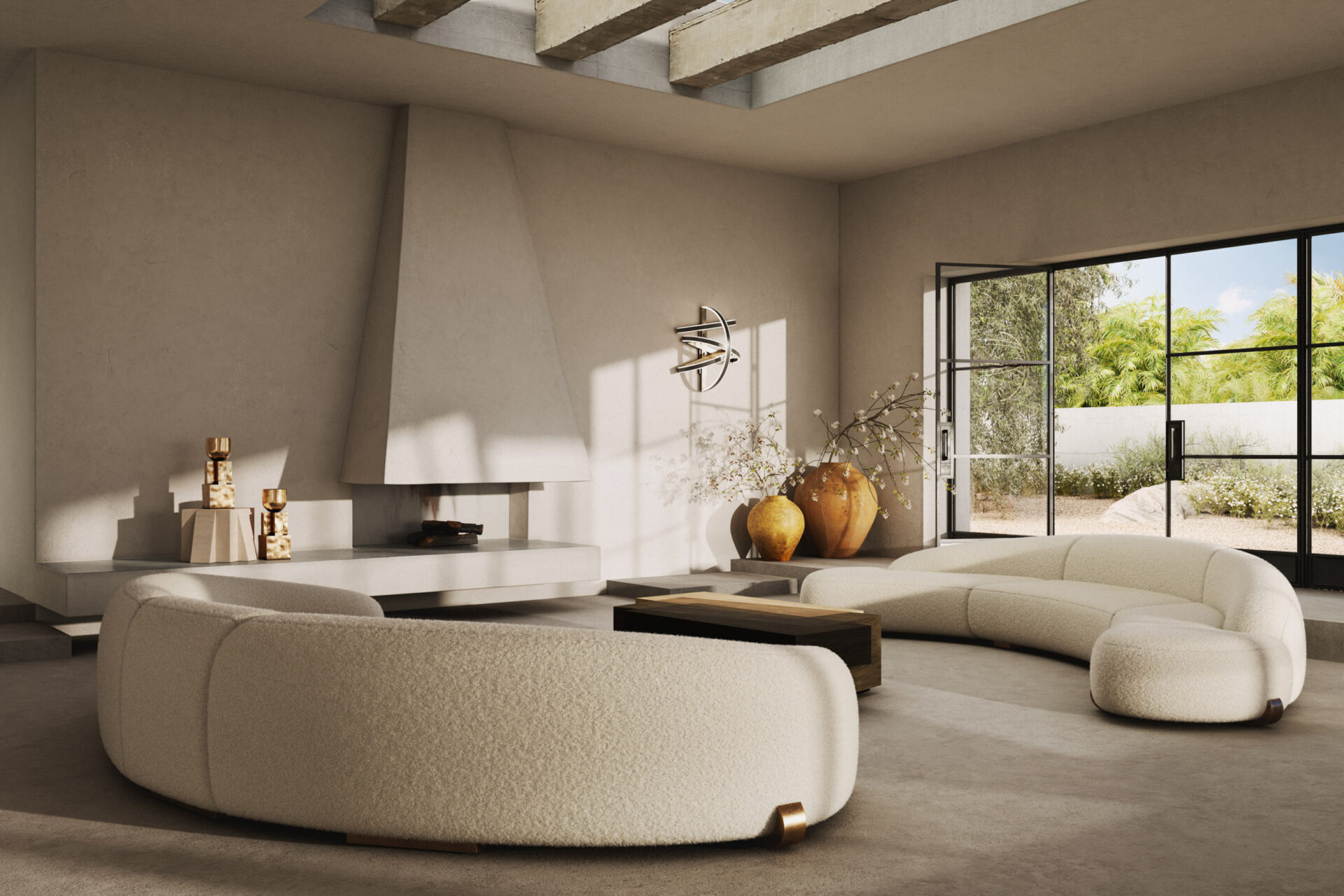
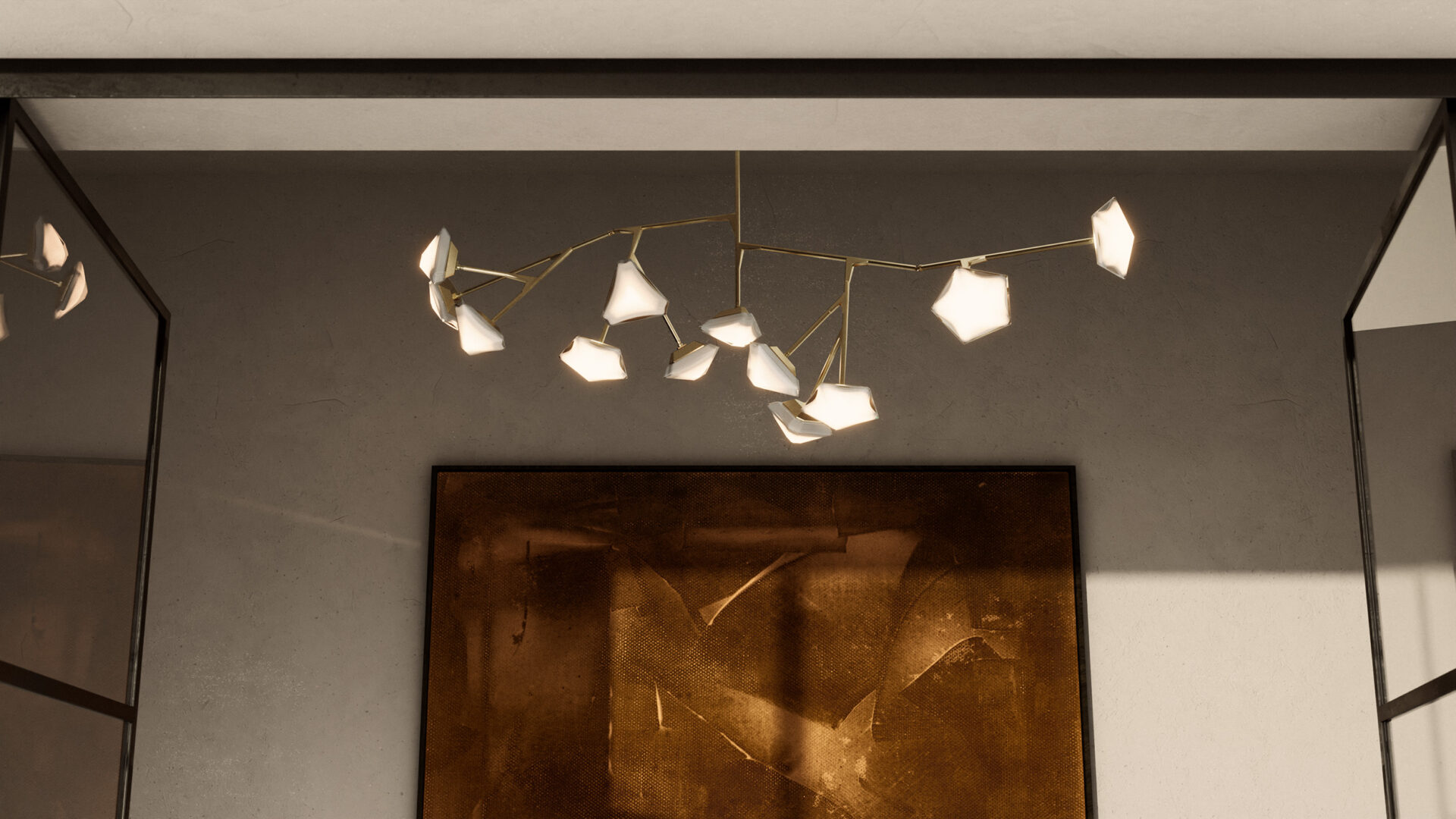
Rudman applies the same attention-to-detail all over, including the floors, to which he adds a barely-there ‘footprint layer’ so that, “the light doesn’t bounce off this texture in the same way as if it was totally flat … You want the light to bounce in different directions because this is what creates a more photorealistic effect. If the light only bounces off perfect surfaces it will react in a very angular way, whereas if you add in some imperfections, the light will travel in many different directions.“
Lighting is a collaborative effort between Rudman and his technology; all creative decisions are taken by Rudman – however, it is the technology that calculates the complex mathematics that are required to accurately simulate the movement of light. Using retracing rather than real-time rendering, this method, “Simulates the behaviour of light based on the exact same mathematical equation that the sun follows.”
“Everything [in the CGI] is based on physics, on the real life behaviour of light and shadow.”
Responsible for the mood, movement and atmosphere, Rudman considers every shot, shadow and angle. Some pieces lend themselves naturally to certain lighting conditions, an example of which is the curved, slatted room divider by Mexican designer, Joel Escalona. “When Christian and I were working on the product selection for the video, that piece was an obvious choice for me; I wanted it to be a single product shot – not paired with any other pieces. I could envision the light going through this piece over time, so you could see the light moving through the vertical wooden slats.”
The virtual space has been curated with poise and integrity, as each piece has been situated within the architecture as it would be in reality. “[The pieces] have all been placed so that it makes sense, as a whole, if you were to actually visit. For me, I would normally build my set and think only about my shot, but Christian had this notion that if we add everything as it would be in a real space, then we could just take the camera and move around … Christian is much more experienced in how we see products and so he brought a [really valuable] point of view [to the making of the video].”
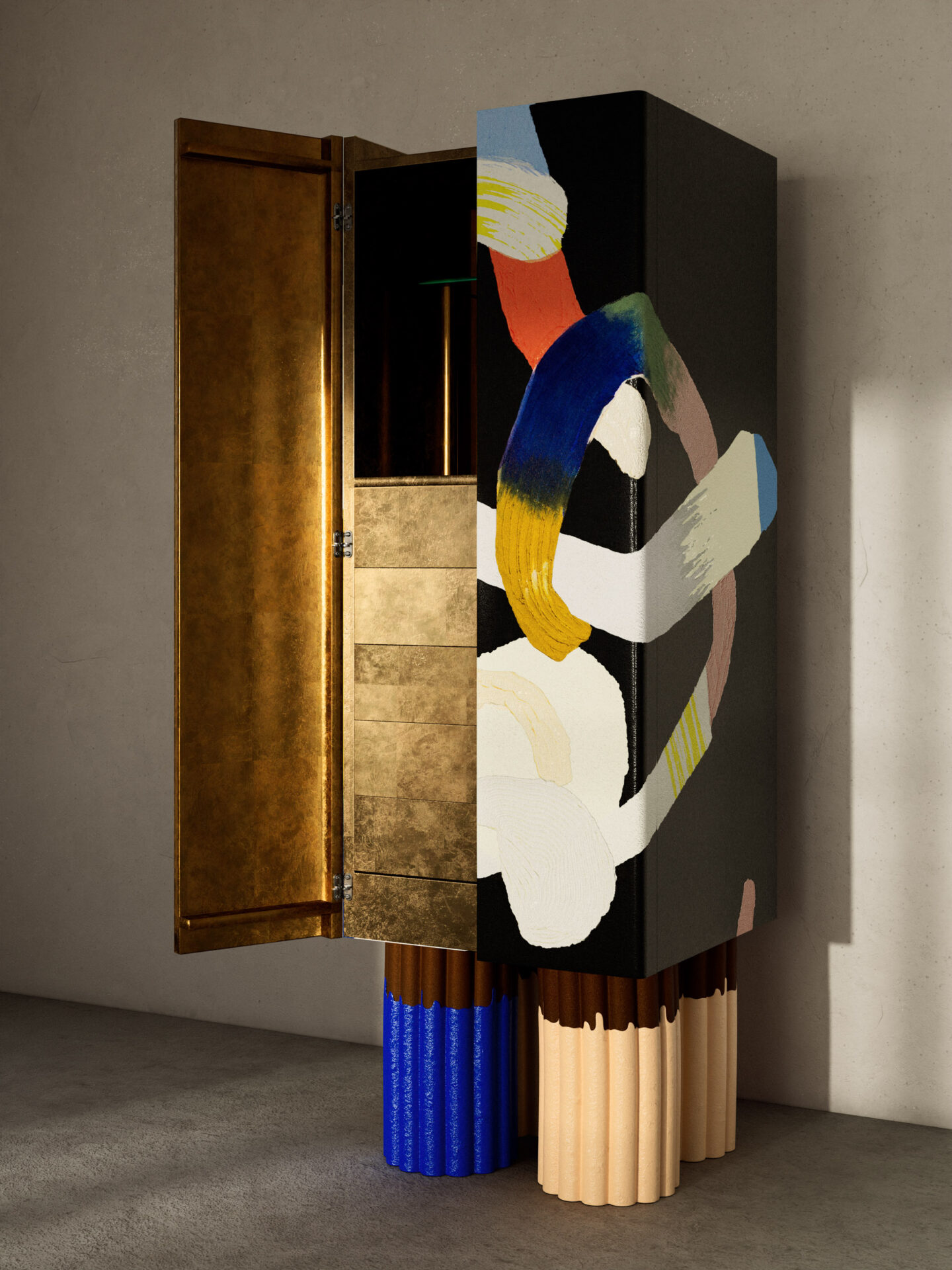
“We wanted to show the pieces as if they were the inhabitants of the space.”
Whilst some pieces are presented individually, others are in dialogue – and so the viewer can discover single pieces, charming duets and thoughtfully composed environments. “It was a really fun process to see how these designers could be matched together. Though they are all on the Studio Fenice platform, it felt interesting to pair some of the designers who I don’t think would have been put together in any other circumstances.“ The CGI technology also afforded the duo greater creative freedom in terms of curation, as it is possible to adjust and alter the hang instantaneously. Rudman notes that, “What we ended up with was, I think, the best configuration for all the products.”
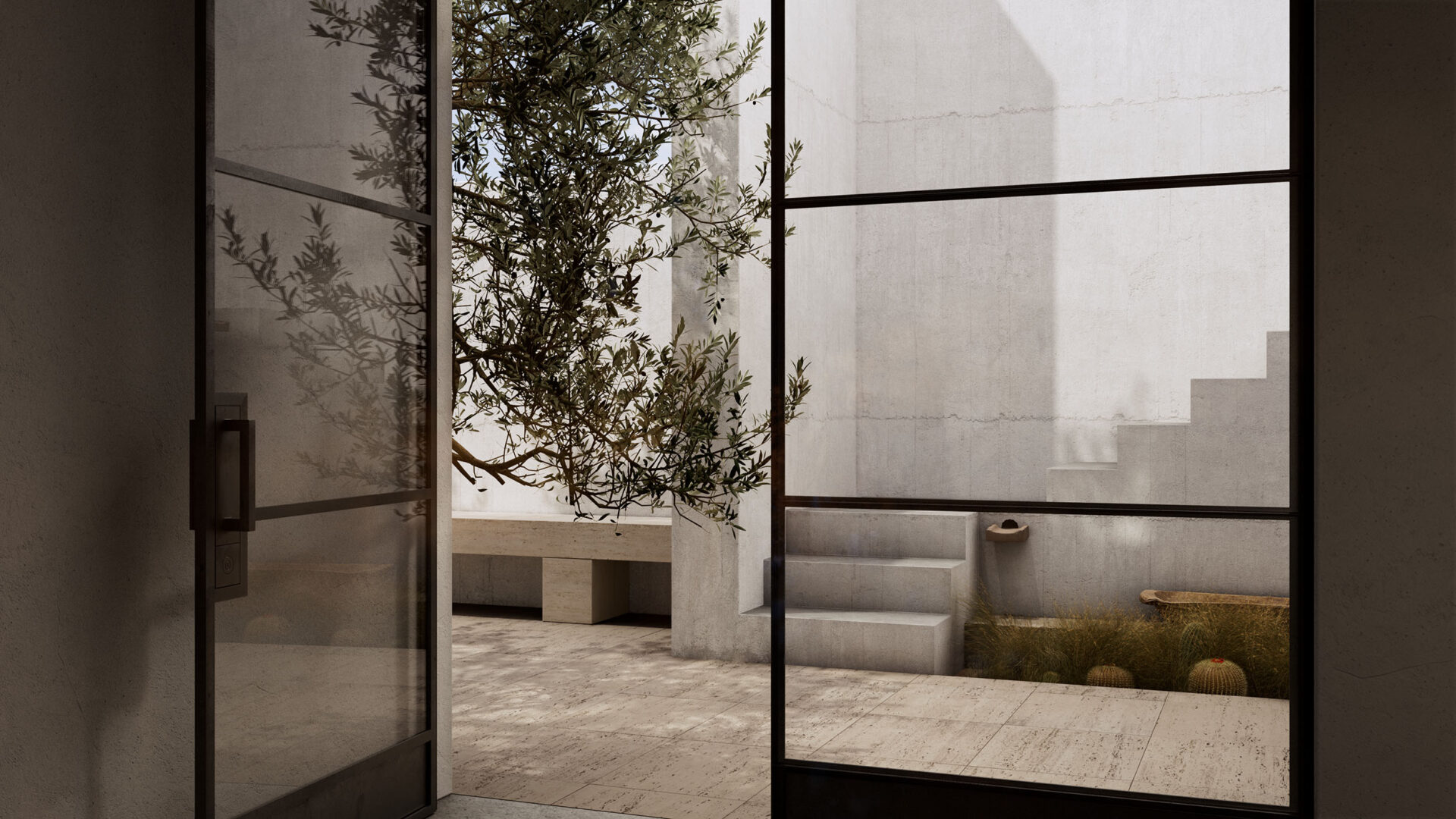
As the credits roll at the end of the video, the cast of individual designs and designers are named in order of appearance – a little detail reveals the makers’ intention to represent the true character of each piece. A rich and accomplished introduction to the Studio Fenice designers, the video delights in presenting each design in high-definition – a digital homage to the quality, craftsmanship and covetable nature of these pieces.
